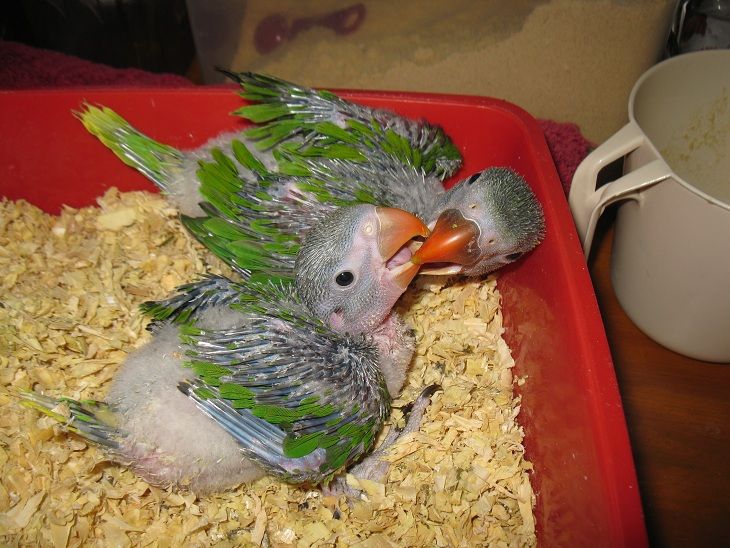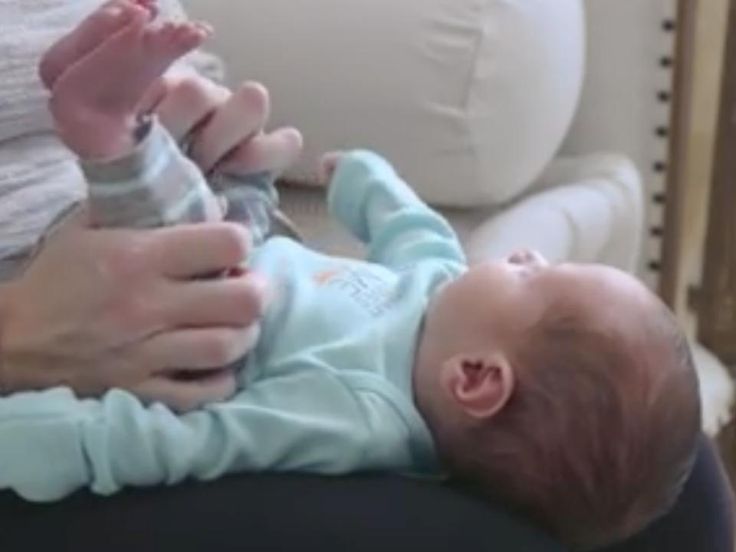7 months old baby feeding and sleep schedule
7 Month Old Baby Schedule | Sample Schedules
Home / Schedules / 7 Month Old Baby Feeding and Sleep Schedule: For Breastfeeding and Formula-Feeding Infants
by Nicole Johnson, Founder and Lead Sleep Consultant in Schedules —
7 month old babies need an average of 14 hours of sleep a day with 11-12 hours of sleep at night and 2-3 hours during the day. Most babies this age can stay awake for 2-3 hours in a stretch. However, some babies are on a 2-nap schedule while others are still taking three naps. Separation anxiety also affects babies this age. This article outlines the average 7-month-old baby’s sleep schedule, including milk feedings for breastfeeding and formula-feeding babies, solids, naps, and nighttime sleep. As a sleep consultant for over 10 years, I will also share typical sleep habits and tips to get your baby to sleep through the night. Or, you can simply skip to the schedule.
7 Month Old Baby’s Sleep Habits and Expectations
At this age, many 7-month-olds can sleep through the night, without any feedings. This is especially true of formula-fed babies, however, if your baby is breastfed, you may still have one feeding at night.
Regardless of how many naps your baby takes, your 7-month-old should be napping a total of 2-3 hours per day plus sleeping 11-12 hours at night. The average total sleep in a 24-hour period is around 14 hours. However, always keep in mind that some babies will need more or less sleep than the average.
You May Also Be Interested In…
- 7 Common Napping Mistakes
- Night Feedings by Age, and When Do You Try Night-Weaning?
How Many Naps for a 7 Month Old?
7-month-old babies take two to three naps during the day. Typically, most 5 month olds will transition from four to three naps but then babies will transition to two naps anytime between 6 and 9 months old. If there is a third nap, it is almost always a short 30-45 minute catnap.
Babies this age have wake windows between 2 and 3 hours at a time, on average.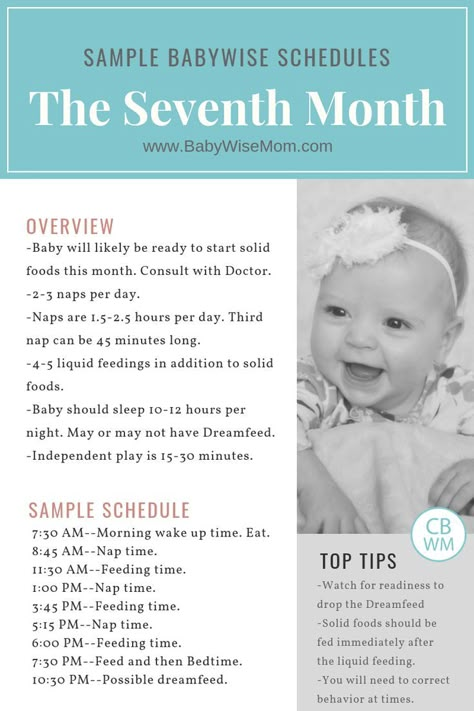 A few are dropping the third nap and on a 2-nap schedule sometimes staying awake 3 to 4 hours before bedtime.
A few are dropping the third nap and on a 2-nap schedule sometimes staying awake 3 to 4 hours before bedtime.
You May Also Be Interested In…
- How to Manage Your Baby’s Nap Transitions
- Sleep Regressions: Ages and Everything You Need to Know to Handle Them
- 7 Reasons Your Baby or Toddler Stopped Sleeping Through the Night
Wake Windows for 7 Month Olds
The typical wake windows for a 7-month-old are 2-3 hours with the first wake window being one of the shortest. Usually, that first wake window is just 2 to 2 1/2 hours. If your 7-month-old baby has already dropped their third nap, they are more likely to stay awake 3 1/2 to 4 hours before bedtime, though, unless they are a really long napper.
7-Month-Olds: Average Milk and Solid Food amounts Per Day
Your baby will sleep better if they are getting all the nutrition they need, obviously. However, it’s easy to accidentally overdo it with solid food if your baby likes it! Keep in mind that breast milk and/or formula should be the primary nutrition for the first year and solids come secondary. Solid food should not decrease milk intake very much if at all. Below are the average amounts we recommend:
Solid food should not decrease milk intake very much if at all. Below are the average amounts we recommend:
- At least 5 nursing sessions per day or 26-32 ounces formula or combination
- Although some say 4-6 oz of water is okay, I usually discourage it at this age
- 1-2 servings baby cereal (1 serving = 1-2 Tablespoons dry)
- 1-2 servings fruit (1 serving = 1-2 Tablespoons)
- 1-2 servings vegetable (1 serving = 1-2 Tablespoons)
- 1 serving Dairy (1 serving = 1/3-1/2 cup yogurt or 1/4 cup cottage cheese)
- You can also offer cooked egg yolk (but possibly no egg whites until 1-year-old due to allergens — check with your doctor)
You May Also Be Interested In…
- Starting Your Baby on Solid Food
- Baby Food Recipes for 7 Month Olds
- The Best Ways to Introduce New Foods To Your Baby
- How Your Baby’s Poop Changes After Starting Solids
Putting it all together, all babies are unique, but here are sample schedules you can use to make your own for your unique baby.
Sample 7 Month Old Baby Sleep Schedules
The first sample schedule is what I call a “staggered” approach. My first son did better nursing fully and then had solids a bit in between nursing sessions. He was a little hungry but not famished. He just didn’t do well with stopping nursing mid-way to eat solid food at all.
| 7 Month Old Sleep Schedule With Feedings | |
|---|---|
| Time | Activity |
| 7:00 AM | Wake and Milk |
| 8:15 AM | Breakfast |
| 9:00 AM | Morning Nap (at least one hour long) |
| 10:00 AM | Milk (upon waking) |
| 12:30 PM | Milk |
| 1:00 PM | Early Afternoon Nap (at least one hour long) |
| 3:00 PM | Milk |
| 4:00 PM | Catnap (30-45 minutes; can be “on the go”) |
| 4:30/5:00 PM | Dinner (if you offer a second solid meal; sometimes not offered until 8 months old) |
| 6:30 PM | Begin your bedtime routine |
| 7:00 PM | Milk and Bedtime (goal to be asleep by this time) |
+ Plus possibly 1-2 nighttime feedings
If your baby doesn’t mind a more “consolidated” approach to eating, like my second son, here is another type of schedule:
Sample Schedule 2: Consolidated Approach
| 7 Month Old Sleep Schedule With Milk and Solid Feedings Together | |
|---|---|
| Time | Activity |
| 7:00 AM | Wake |
| 7:15 AM | Breakfast + Milk (offer half milk feeding, then solids, then remaining milk) |
| 9:00 AM | Morning Nap (at least one hour long) |
| 10:00 AM | Milk (upon waking) |
| 12:30 PM | Milk |
| 1:00 PM | Early Afternoon Nap (at least one hour long) |
| 3:00 PM | Milk |
| 4:00 PM | Catnap (can be “on the go”) |
| 4:30/5:00 PM | Dinner + Milk (if you offer a second solid meal; sometimes not offered until 8 months old) |
| 6:30 PM | Begin your bedtime routine |
| 7:00 PM | Milk and Bedtime (goal to be asleep by this time) |
+ Plus possibly 1-2 nighttime feedings
If you prefer an Eat-Play-Sleep Schedule, here’s another sample:
Sample Schedule 3: Eat-Play-Sleep
| 7 Month Old Eat-Play-Sleep Schedule With Feedings | |
|---|---|
| Time | Activity |
| 7:00 AM | Wake |
| 7:30 AM | Milk |
| 8:15 AM | Breakfast |
| 9:00 AM | Morning Nap (at least one hour long) |
| 10:30 AM | Milk |
| 12:30 PM | Early Afternoon Nap (at least one hour long) |
| 1:30 PM | Milk (upon waking) |
| 4:00 PM | Catnap (30-45 minutes; can be “on the go”) |
| 4:30 PM | Milk |
| 5:00 PM | Dinner (if you offer a second solid meal; sometimes not offered until 8 months old) |
| 6:30/7:00 PM | Begin your bedtime routine |
| 7:00/7:30 PM | Milk and Bedtime (goal to be asleep by this time) |
+ Plus possibly 1-2 nighttime feedings
Note: Many people prefer to follow an eat-play-sleep routine, which is a good routine to follow, however, sometimes hard to implement at this age when the amount of time between naps is not long enough and your baby wakes too early from his nap because of a feeding. I take all of that into consideration when making my schedules. The most important part is to be careful not to create sleep associations with feedings too close to sleep times, which we saw become important at 4 months old.
I take all of that into consideration when making my schedules. The most important part is to be careful not to create sleep associations with feedings too close to sleep times, which we saw become important at 4 months old.
If your baby has already transitioned to two naps, please consider using one of our 8 month old schedules or 9 month old schedule. It’s not always so simple as dropping the last nap. You might need to move the other two naps!
Looking for more sample 7-month schedules?
We have over 40 sample schedules for all ages in our e-Book, Mastering Naps and Schedules. Banish naptime battles and regain control of your day (and your sanity) starting today!
You May Also Be Interested In…
- Custom Schedule Maker (for members only)
- Mastering Naps and Schedules (Members Area digital e-Book)
- Chat Live with a Sleep Consultant (for members only)
- 3 Signs It May Be Time for Night Weaning Your Baby
- Night Weaning Quiz: Is Your Baby Ready To Night Wean?
- 6 Month Baby Sleep Coaching Case Study (Members Area case study)
- How To Put Your Baby On A Schedule (Members Area audio tele-seminar recording with founder)
- How to Nap Train (chapter in Mastering Naps & Schedules)
- Nap Transitions (Members Area audio tele-seminar recording with Q&A)
- Day-by-Day Nap Training Plan (Members Area article)
Want FREE sleep help that you can put to use right away? Download a copy of our free guide, 7 Common Napping Mistakes! The guide is available to download instantly, which means you can start using the techniques in it as early as today. So download now, and learn why your baby is not napping – and what you can do about it.
So download now, and learn why your baby is not napping – and what you can do about it.
Click here to learn more about how to get your free guide.
A better daytime schedule could be just a few clicks away. So don’t wait – download now, and start your journey to better napping today!
The Baby Sleep Site® is a participant in the Amazon Services LLC Associates Program and other product affiliate programs. If you click on a product link and make a purchase, The Baby Sleep Site® may (but not always) receive a small commission from the company selling the product, but will not affect your purchase price. We only recommend products that we believe are quality products and are good for our readers.
Baby and Toddler Sleep Resources That Work – Guaranteed!If you are tired of wading through stacks of baby sleep books that just aren't working, if you are beyond exhausted and just can't solve your child's sleep problems on your own. ..then personalized sleep consulting is for you. We have been around since 2008 and invite you to tap into 10+ years of experience. Our team of expert consultants will create a Personalized Sleep Plan® just for your family and then support you through every step of implementing your plan. We encourage you to consider our personalized, one-on-one baby and toddler sleep consultation packages if you want to see real, meaningful results now. Your consultation package also includes ample follow-up help, designed to help you troubleshoot problems and tweak your plan as needed.
..then personalized sleep consulting is for you. We have been around since 2008 and invite you to tap into 10+ years of experience. Our team of expert consultants will create a Personalized Sleep Plan® just for your family and then support you through every step of implementing your plan. We encourage you to consider our personalized, one-on-one baby and toddler sleep consultation packages if you want to see real, meaningful results now. Your consultation package also includes ample follow-up help, designed to help you troubleshoot problems and tweak your plan as needed.
For those persistent nighttime struggles, check out The 3 Step System to Help Your Baby Sleep. Using the same unique approach and practical tools for success, this e-book helps you and your baby sleep through the night.
If you’re looking for ways to get your baby or toddler into a healthy sleeping routine during the day, I encourage you to explore Mastering Naps and Schedules, a comprehensive guide to napping routines, nap transitions, and all the other important “how-tos” of good baby sleep.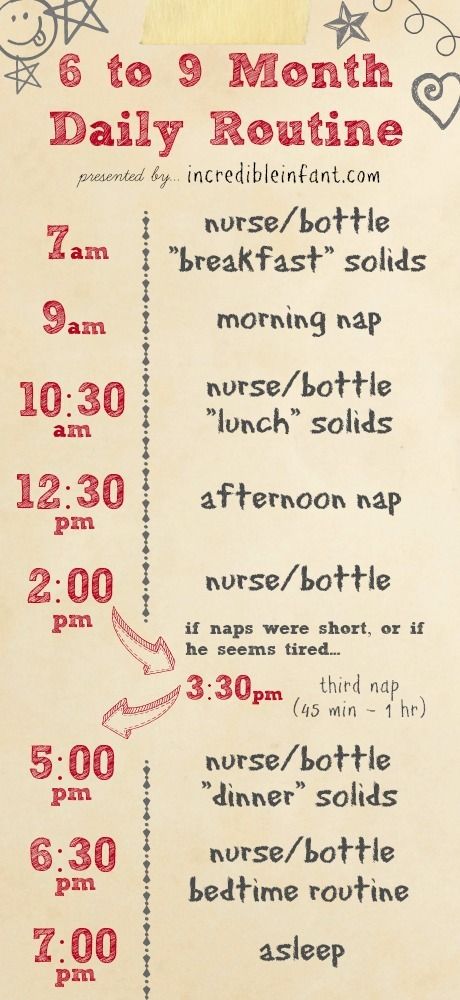 With over 45 sample sleep schedules and planning worksheets, Mastering Naps and Schedules is a hands-on tool ideal for any parenting style.
With over 45 sample sleep schedules and planning worksheets, Mastering Naps and Schedules is a hands-on tool ideal for any parenting style.
For those persistent toddler sleep struggles, check out The 5 Step System to Help Your Toddler Sleep. Using the same unique approach and practical tools for success, this e-book helps you and your toddler sleep through the night and enjoy a better daytime schedule.
Or, join our VIP Members Area packed with exclusive content and resources: e-Books, assessments, detailed case studies, expert advice, peer support, and more. It actually costs less to join than buying products separately! As a VIP member, you'll also enjoy a weekly chat with an expert sleep consultant. And the best part - members receive 20% off all sleep consultation services!
In over 10 years, we have over 10,000 comments on our blog.

At this time, we’ve turned the comment sections off. We would, of course, love to hear from you! For help with your specific sleep problems, please learn more about our DIY resources or our sleep consultation services. Or, consider emailing us for a fast and helpful response!
A 7 Month Old Feeding Schedule That Works Like A Charm
What's in this post...
Here is a tried and true (and adapatable) 7 month old feeding schedule that’ll help your little one nap well during the day, sleep well at night, and have peaceful days.
I have long said that the 6 to 12 month time is one of my absolute favorites.
Baby is sitting up.
Smiling.
Napping a tad less.
And usually sleeping through the night.
It can also be a time of adjustment.
Baby is finally eating solids and it’s likely time to drop that third nap and probably drop the dream feed if you haven’t already. Baby is getting a little chunkier and wants more food.
Baby is getting a little chunkier and wants more food.
Actually, this is a precious time with baby.
Before the 7 month old feeding schedule… KNOW THIS
Before I give you what has worked for me as a 7 month old feeding schedule, know this.
Babies at this age need to eat as many solids as they can.
They will be hungry and breast milk alone will no longer be enough. Or, if it is, you’ll be cluster feeding like your 7 month old was a newborn.
➡️ Pediatricians used to recommend introducing purees or solids at 4 months of age. They now suggest 6 months.
➡️ So the 5 to 7 month mark generally means that unless baby is getting a lot of breast milk and whatever solids you offer, they will be hungry.
And this will affect their sleeping and their moods.
7 Month Old Sample Feeding Schedule
7:00 am – Wake up, milk, solids for breakfast
8:00 am – Free play (floor time, cuddle time with mom, sibling play)
9:00 am – Nap time
10:45 or 11:00 am – Wake up, milk, solids
12:00 pm – Free play (floor time, practicing sitting, standing, pulling up, sibling play)
1:00 pm – Nap time
3:00 pm – Wake up, milk, solids
3:45 pm – Free play (errands, play with siblings, floor time, etc. )
)
5:00 pm – Short nap
5:30 pm – Wake up, milk, solids
6:15 pm – Bedtime routine habits and ideas (bath, singing, cuddling, putting on lotion, lights, curtains, etc.)
7:00 pm – Quick feed (milk), and down to bed (you may want to add cluster feeding here too if it fits)
And… if baby isn’t sleeping through the night yet.
10:00 pm – Dreamfeed
Note:
- Daily baby logs are a great thing to have on hand if you are noticing a lot of changes you can’t make heads or tails of.
- If your baby wakes up earlier or later than this routine, you can simply adjust based on your baby’s wake time. The wake time is actually very important in a baby’s day to day routine.
- If baby wakes early from a nap, yet is content, don’t push up the feeding. Leave it until normal time unless baby is clearly hungry.

- Get down familiar rhythms and routines throughout your day. These cannot be understated for babies. (here is more on family rhythms and routines)
Weaning From Nighttime Feeds
If your baby is still not sleeping through the night, then this is a great time to start helping them do so.
Solids and milk throughout the day will help them to fill their tummies.
And… get in the necessary nutrients that’ll allow them to sleep peacefully throughout the night.
It is actually one of the best times to begin sleep training since baby is naturally a lot less likely to wake if hunger was their primary reason for waking.
Imagine baby needs 10 cups (to make things even) of milk and/or food a day. We know all babies are different, but go with me here.
If you are currently giving your baby 5 cups of milk and 2 cups of food during the day, that leaves a 3 cup deficit.
This means baby will likely wake up at night to get in the full 10 cups he needs.
The best way to wean?
To give them all they need during the day so they don’t need to wake for it at night.
Watch this short video to learn why babies at this age can get quite whiny and what you can do to avoid this.
A Dream Feed Might Work For You
If your baby is still feeding a few times per night then you may want to start doing something called a Dream Feed.
Now, we don’t typically add IN a night feed at this age, we are trying to eliminate them, but it may help you get a few more hours in.
Dream Feed: A feed given between 10 and 11 ish at night that should help baby sleep a longer stretch, eventually until the morning wake time.
Try feeding baby as much as possible during this feed and weaning baby from other nighttime feeds until eventually the dream feed is the only feed left.
After baby has slept until the morning with only the dream feed for a few weeks, then it’s safe to drop the dream feed.
At that point, baby should be sleeping all through the night.
7 Month Old Schedule Interesting Tidbits
Here are some interesting things to note or keep in mind during this 7 month period.
- Babies will likely be able to sleep through the night at this age if they’re eating well enough. Not only are they getting breast milk they are getting solids.
- Here’s where you’ll discover if your baby didn’t sleep through the night out of hunger, or if they have some sleep props you need to work on.
- Baby might act uninterested in solids, that’s fine. Still, continue offering them and be sure to give them veggies or fruits they like so they will get the nutrients needed.
- Introduce solids slowly so you can monitor the baby’s reaction to them. Don’t introduce too many new foods at once.
- Give a top up bedtime snack.
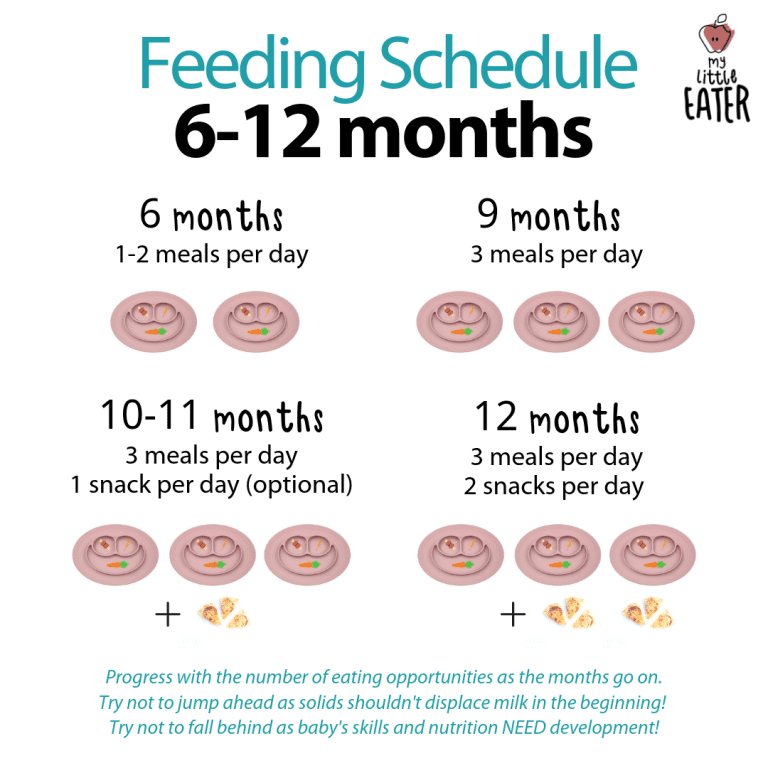 Right before bed, give baby milk and some yogurt or applesauce, etc. to help fill baby’s tummy before they go down for the night.
Right before bed, give baby milk and some yogurt or applesauce, etc. to help fill baby’s tummy before they go down for the night.
7 Month Old Schedule Printable
Print his, tweak to fit your family, and feel more confident and in control of your days.
Want Printables to hang up?
If you want routines and schedules for not only the 6 to 9 month age, but for the 12 month, 18 month, and on I’ve got great news. I’ve created a book chock full of routines that work.
Routines that keep babies well rested, happy, and content. Routines that account for all the things you need to do and they are mom tested. The best part?
The book comes with printable routines (3 choices for each age) that you can hang up and use!
So instead of having to reinvent the wheel every few months, you’ll have tried and true mom tested routines right at your fingertips.
Rhythms, Routines, & Schedules Pack
Easy to implement routines, rhythms and schedules from birth through school-aged kids to help you streamline day-to-day life with kids, including a step-by-step guide for getting started.
Learn More
FAQs about 7 month olds
What time should a 7 month old go to bed?
7-month-olds should go to bed by 8 p.m. at the latest, and on average go to bed around 7:00 p.m.
If your baby is still taking a late afternoon or early evening cat nap, this will be easy to manage. Contrary to what you might think, the earlier a baby goes to bed the better they sleep all night.
What should my 7 month old wear to bed?
By 7 months of age babies should no longer be swaddled to sleep. Since they can roll over and move, you want them to be able to do so.
However, you don’t want them to attempting crawling out of the crib, so appropriate to the season layers are good, plus a sleeping bag on top to keep their legs in!
Is my 7 month old hungry at night?
7 months of age can bring about some sleep regressions. One main cause of this is that 7-month-olds are hungry and in need of ample solids to keep their tummies filled.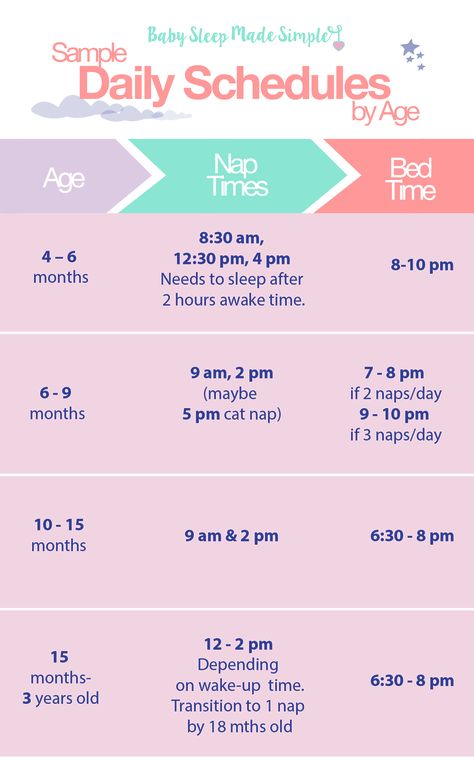
If they aren’t yet eating enough solids or don’t have enough appropriate protein in their diet, they’ll be genuinely hungry at night. They will need more milk feeds to get them through. Answer? Feed more during the day!
Can you let a 7 month old cry it out?
Cry it out is a form of sleep training that quickly helps. Babies learn to self-soothe, settle, and re-settle on their own. It is age appropriate by 7 months if you choose to use it.
Sources:
- The importance of schedules and routines
- Routines minimize chaos which promotes resilience and regulation
- Routines indicators of predictable family life contributing to childhood development
Family Routines Reboot
Take our 3 day challenge to create life-giving family, child, and self-care routines.
Learn More
::
Recommendations on nutrition and organization of the daily routine
12/28/2018
78
Daily routine of a child at 7 months: How much sleep and wake up should a child have at this age? Should I feed at night, how to make a daily diet and diversify the child's menu? We tell in the article!
Sleep and wakefulness
At 7 months, the baby needs to sleep 11-12 hours at night with breaks for 1-2 feedings and 2. 5-4 hours during the day. Based on this, we build a daily routine.
5-4 hours during the day. Based on this, we build a daily routine.
A seven-month-old baby can have either 3 or 2 daytime naps. They can be started in the “sleep window”. At the same time, the quality of previous sleep and the time of wakefulness is taken into account insignificantly.
Therefore, it will be correct to start dreams in the intervals:
8.00-10.00
12.00-14.00
When getting up at 7 am, the daily routine will be as follows: morning sleep at 8.45, lunch nap at 12.00 and evening sleep at 15.30.
If the child has a third nap, it should be finished before 16.30 to make going to bed easier.
The duration of sleep will depend on the atmosphere in the room, the right time and the baby's ability to link sleep cycles together.
Night sleep at 7 months will start quite early. Approximate laying time is between 18.00-19.00.
Avoid overindulgence before bedtime if the child is refusing a third nap.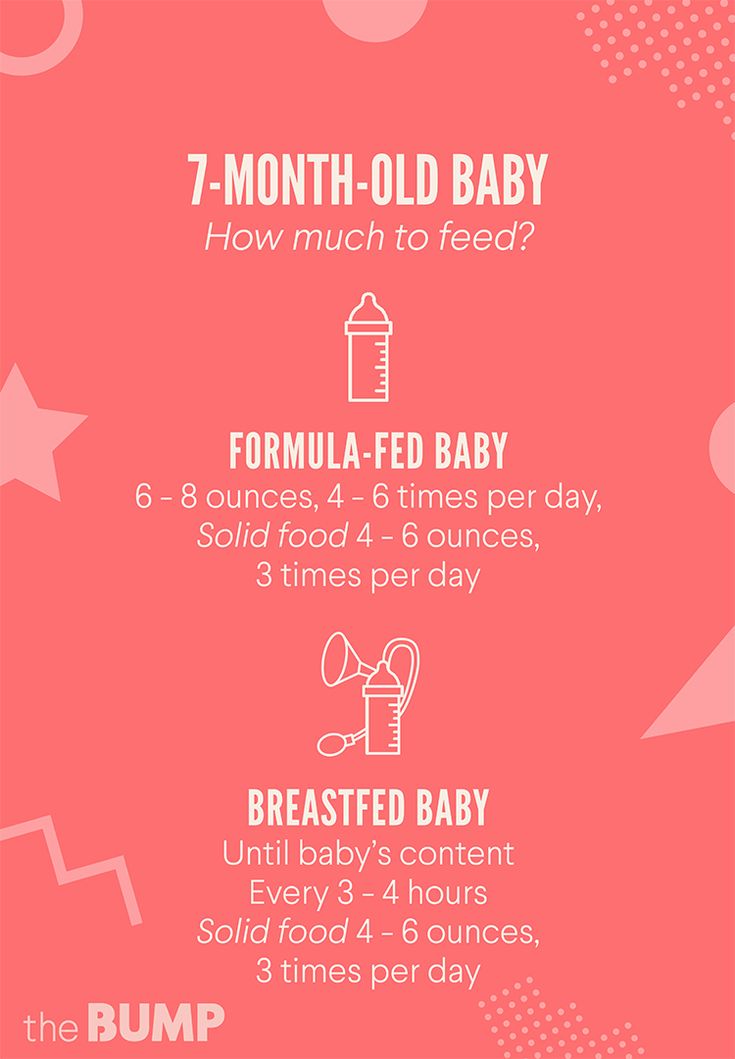
If the child's sleep is not good with the current schedule, start changing the daily routine according to our recommendations from the time you get up in the morning. So gradually the baby will begin to sleep better.
The table below provides general guidelines for sleep and wakefulness at 7 months:
Baby Feeding and Nighttime Sleep
What happens to night feeds? Seven-month-old babies are already physiologically ready to sleep all night without waking up. Although it is still acceptable to feed 1-2 times a night. Here it is worth contacting a pediatrician and properly assessing whether the baby is gaining weight well, whether he has any health problems, what is with his food during the day and what the diet consists of.
A little about complementary foods
Baby's nutrition becomes more varied. You can already add yolk / egg, meat, drying / cookies, cottage cheese to the menu.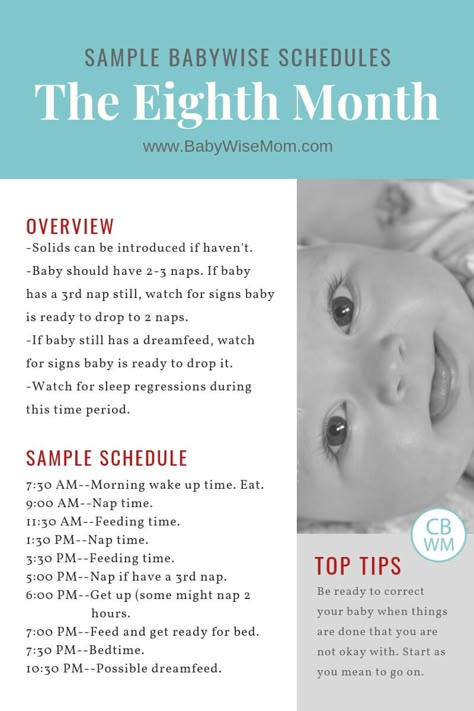 It is better to give new products separately at different meals.
It is better to give new products separately at different meals.
A seven month old baby will eat 4 to 5 times a day. Organize meals around breakfast, lunch, and dinner so that the child gradually gets used to eating with adults. Include additional snacks.
- What to include in the child's menu?
- When and how many times a day to feed?
- If the baby does not eat well?
Give breast or formula after meals. Also consider how to develop his interest in regular food. Include a variety of foods in your child's menu - that is, the diet should be balanced. But don't force yourself to eat if the baby refuses. Adjust the menu according to the season.
Baby's development at 7 months
Thinking:
At this age, the baby is able to move in search of a hidden toy. It is already possible to play "Ladushki" and other gesture games with it. He loves simple fairy tales and nursery rhymes.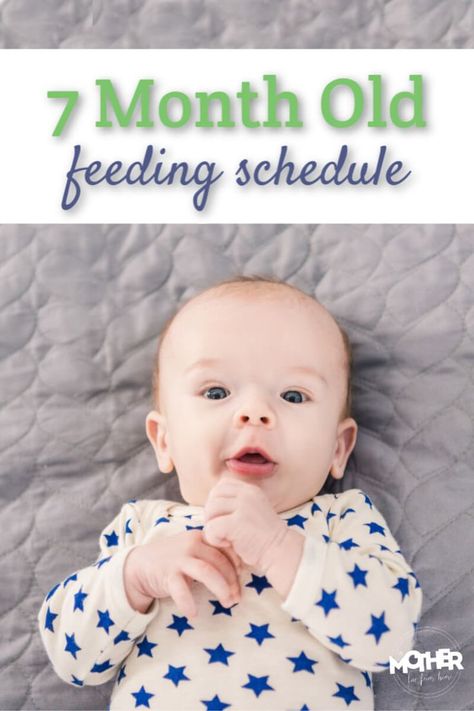 You can also play hide and seek - hide a toy under the pillows or a blanket and ask the child to find it.
You can also play hide and seek - hide a toy under the pillows or a blanket and ask the child to find it.
Attention:
The baby should already recognize familiar faces and concentrate on favorite toys. When he plays, he often smiles and laughs. While reading, you can give your child a book with bright pictures and thick pages that he can turn over himself.
Communication:
A 7-month-old child already understands emotions and reacts to them. He also responds to his own name. Now he understands the meaning of many words and can point his finger at familiar objects. Continues to chat. When communicating with your baby, use gestures and show the emotions that you describe to him. Let him see your face while doing this.
Movement:
The child must roll over in any direction, sit up independently, begin to crawl and take the first steps with the support of an adult. You can practice new skills while awake so that the developmental leap does not affect your baby's sleep.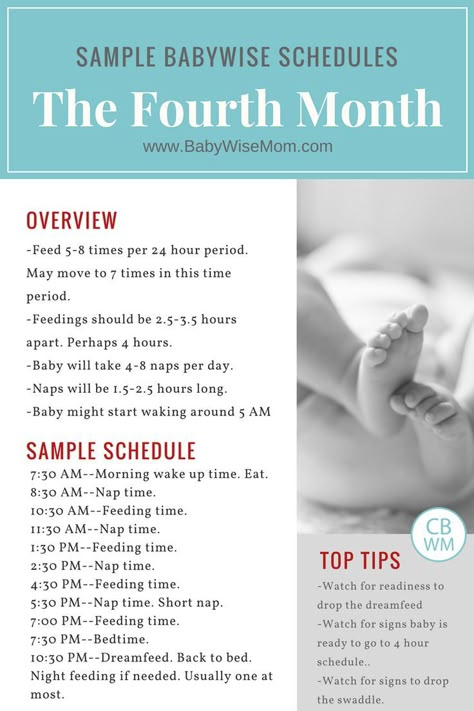
Share in the comments what questions and difficulties did you face when your baby was 7 months old?
Like this article? Rate:
Votes: 363
Daily routine of a child at 7 months
An approximate daily routine for a child at 7 months is usually not very strict, since it is at this age that his actively developing body selects the most physiological options for life. The mother of a 7-month-old baby should be ready for an unexpected and rather spontaneous restructuring of her daily routine. As a rule, this is due to a decrease in the duration of daytime sleep and a greater activity of the baby during periods of wakefulness.
Contents
Table with approximate daily routine
- 6:00-8:30 The period of awakening, morning meal, washing and tempering air baths.
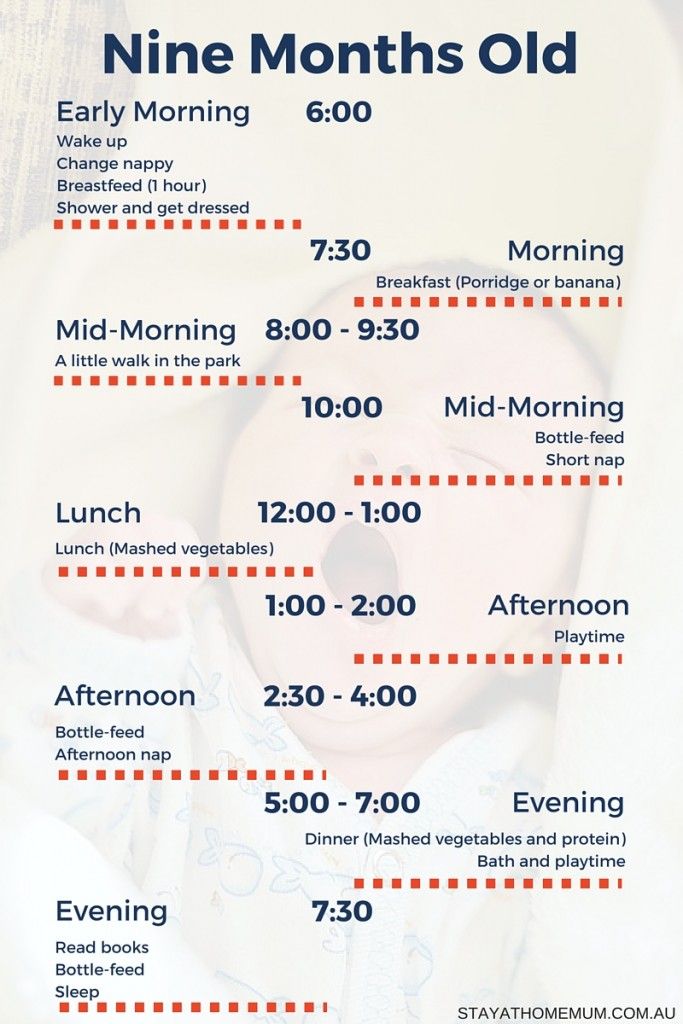
- 8:30-10:00 Morning sleep.
- 10:00-12:00 Time for the second meal and active wakefulness with obligatory gymnastics and relaxing massage.
- 12:00-14:00 Developing walk in the fresh air, gradually turning into sleep.
- 14:00-16:00 The next feeding of the baby and active cognitive leisure, consisting of alternating educational games and gymnastic exercises.
- 16:00-18:00 Second walk, sleep in the fresh air.
- 18:00-21:30 Fourth feeding, family time, evening bath.
- 21:30-22:00 Evening meal.
- 22:00-6:00 Night sleep.
A few more options with a daily routine (you will already choose the best option, taking into account the characteristics of your crumbs):
The proposed table is just an example of a rational alternation of regime moments (feeding, sleep periods, walks, classes and hygiene procedures) and should in no way be taken as an instruction requiring strict adherence to each item.
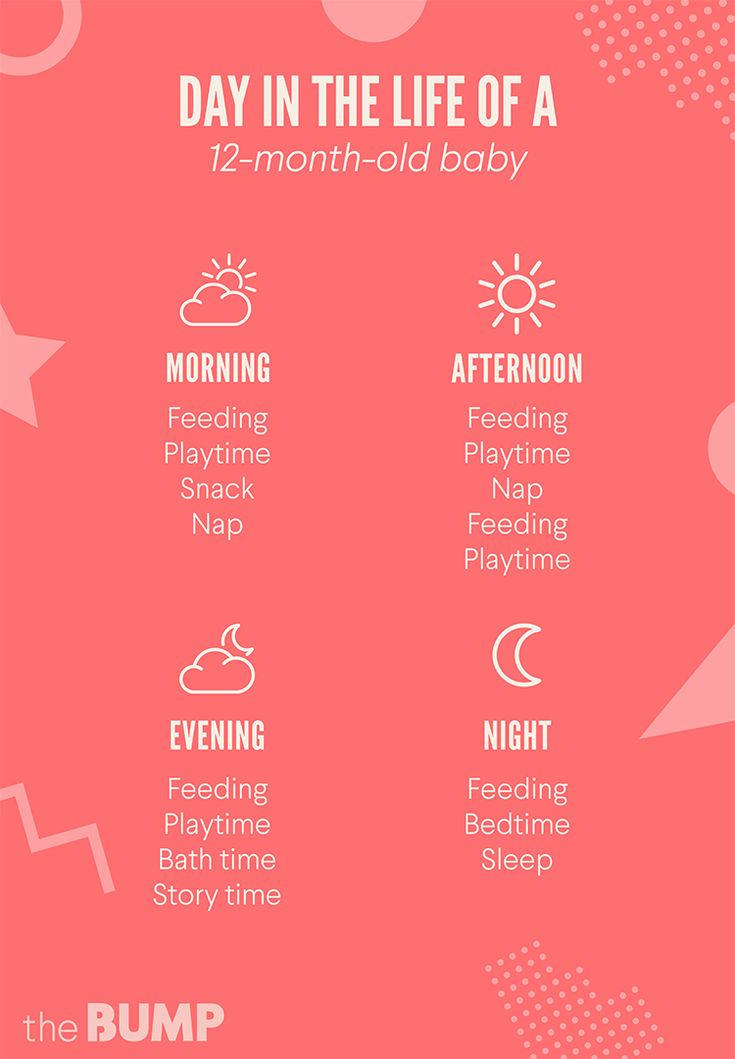
An indicator of the success of any daily routine is the excellent well-being of the crumbs. If he eats with appetite, plays with pleasure and falls asleep without any problems, without throwing tantrums, falls asleep at the hours allotted for this, then the regime meets all his physiological needs .
About sleep
7 months is an age that clearly demonstrates how individual the body of each child is. One seven-month-old baby still needs three fairly long (1.5-2 hours each) periods of daytime sleep, and the other is already physiologically ready for his daytime rest to become two-phase .
Such children can be given the opportunity to have a rest in the morning (from 11-00 to 12-30) and evening (from 16-00 to 17-30) hours. It is easy to calculate that the total duration of sleep for some babies is thirteen hours (4.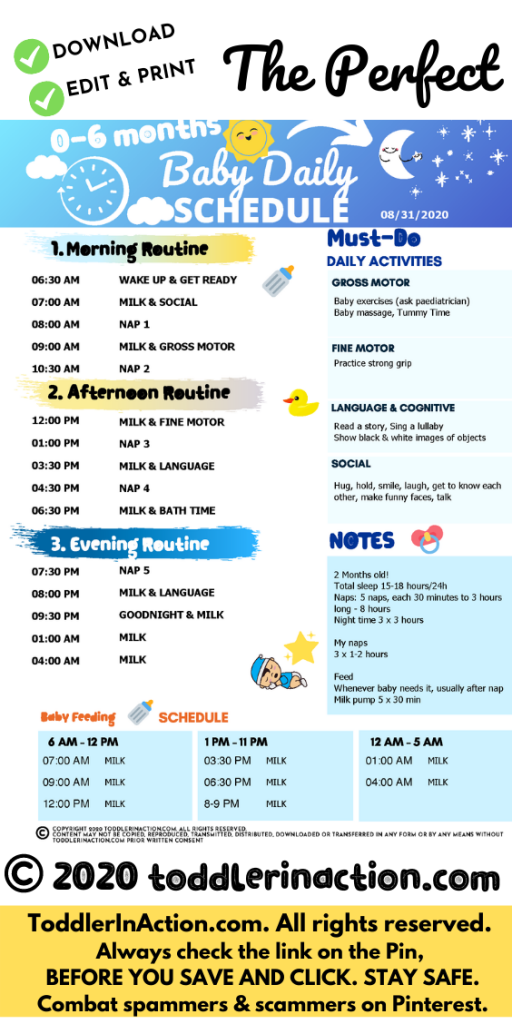 5 during the day and 8.5 at night), while others have only eleven. In the latter case, a significant moment comes in the life of a 7-month-old child: the duration of periods of active wakefulness in them begins to prevail over the duration of periods of sleep.
5 during the day and 8.5 at night), while others have only eleven. In the latter case, a significant moment comes in the life of a 7-month-old child: the duration of periods of active wakefulness in them begins to prevail over the duration of periods of sleep.
Let's repeat once again: if the baby is active enough and in a good mood, mom should not worry and try to put him to bed in accordance with the previous schedule. Reducing the duration of daytime sleep means only one thing: a grown child simply needs a new daily routine .
There is another option for organizing sleep, which some 7-month-old babies choose for themselves: they prefer to sleep for 2-3 hours while walking in the fresh air, and in the morning and evening they rest for no more than an hour. In a month, the hourly intervals of daytime rest will be reduced to forty minutes.
About walks
A 7-month-old baby must have at least two outdoor walks in his daily routine. They are extraordinarily fruitful both for his physical and intellectual development.
They are extraordinarily fruitful both for his physical and intellectual development.
The baby, well aware of the existence of a huge world outside the walls of the apartment, is looking forward to the opportunity to get many new experiences. He rejoices at meetings with people, animals, birds, carefully listens to his mother's comments accompanying these meetings, reacts to them with active cooing, lively facial expressions, waving his arms.
When walking with a child, the mother must take care of the safety rules: an actively moving baby that can fall out of the stroller must be securely fastened . You should also carefully protect the delicate skin of the crumbs from bright sunlight.
Read also: how to walk with a child in the heat
About the feeding schedule
Feeding seven-month-old babies continues to be five times, and the intervals between feedings should be at least four hours. Some babies still keep waking up at night for a little refreshment (the number of such awakenings can be from one to three).
At 7 months old, both babies and artificial babies have already adapted well to complementary foods: cereals, vegetable and fruit soups and purees, children's cottage cheese and all kinds of juices have become full participants in their daily diet . The only difference in their diet is that three times a day, babies continue to receive mother's milk, and artificial children - a bottle of milk formula (at least twice a day).
Most young mothers often ask themselves which dishes are healthier for a child: factory-made or homemade? If the mother is confident in the complete safety of vegetables and fruits that she will use to make soups and mashed potatoes (this is only possible if they are grown in her garden), then homemade food should be preferred. If there is no such confidence, it is better to give the child juices and mashed potatoes from purchased jars .
Reading on the topic of complementary foods: we introduce complementary foods to children on breastfeeding and introduce complementary foods to babies on IV
If a mother is going to feed her baby with homemade porridge, she should grind the cereal to the state of flour using a blender or coffee grinder. In their absence, it is better to purchase a factory-made semi-finished product intended for baby food.
In their absence, it is better to purchase a factory-made semi-finished product intended for baby food.
I would like to pay special attention to the introduction of cottage cheese into the diet of a seven-month-old child. It should be only for children, adapted for the body with an incompletely formed gastrointestinal tract. Its main difference from an adult product is a very low acidity and a more delicate texture.
Children's cottage cheese prepared in a dairy kitchen or a factory specializing in the production of children's products has all these qualities. The closed method of production carried out there excludes the ingress of pathogenic microorganisms into the product. It is better to introduce the baby to cottage cheese by introducing it into fruit puree, starting with one teaspoon and gradually increasing to three or four.
The best time to introduce your baby to new foods is during the daytime. Before a daytime sleep, it is better to give the child a hearty sweet porridge: having eaten well, the baby will sleep much longer and sounder.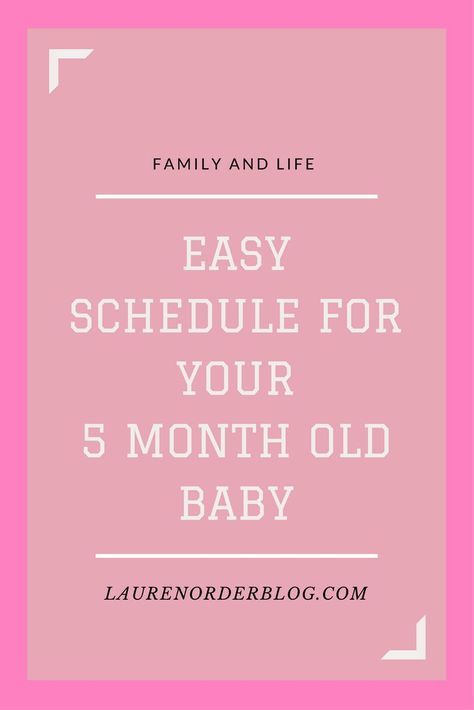 This moment applies to both babies and artificial babies .
This moment applies to both babies and artificial babies .
[sc:rsa ]
If the child gets hungry a little earlier than prescribed by the established daily routine, the mother can deviate from him a little: 15-20 minutes do not solve anything . In the opposite situation, when the baby refuses to eat, you should not force-feed him. The reason for refusal may be due to the fact that:
- the child did not like the taste or smell of the proposed product;
- the baby is frightened by the too persistent behavior of the adult, forcing him to eat;
- the baby is quite full of breast milk.
What to do with a child
A child at 7 months old is an active explorer of the surrounding space, trying all objects both by taste and by touch.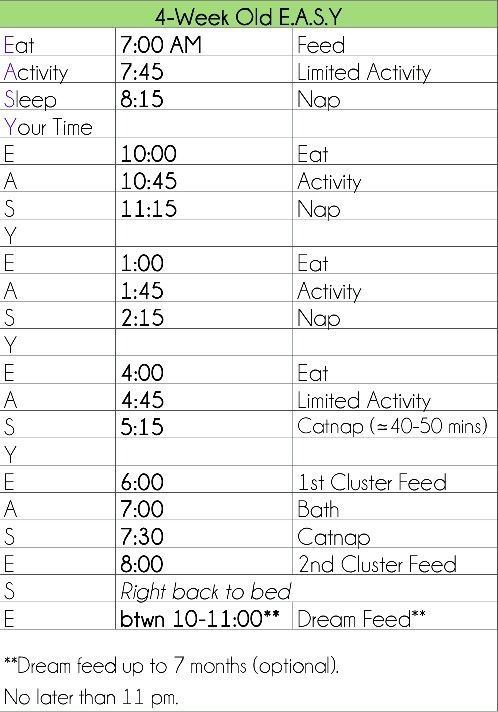 Many babies of this age not only crawl well, but also try to stand on their feet, and especially developed ones are already confidently taking their first steps. Such activity requires very great vigilance from parents: knowing that an inquisitive baby drags everything into his mouth, they must remove all small objects (needles, beads, coins, pins) from his path.
Many babies of this age not only crawl well, but also try to stand on their feet, and especially developed ones are already confidently taking their first steps. Such activity requires very great vigilance from parents: knowing that an inquisitive baby drags everything into his mouth, they must remove all small objects (needles, beads, coins, pins) from his path.
For the successful intellectual development of a seven-month-old child, the following activities will be useful:
- Reading books and looking at bright illustrations (pages in books should be made of thick cardboard).
- Rhymes with repeated sounds are useful for the development of the baby's speech. Having memorized constantly repeating sound combinations, the baby will begin to reproduce them independently.
- A 7-month-old child knows and distinguishes favorite toys well. Having laid out 4-5 objects in front of him, you can ask him to find the right one among them. For each successful fulfillment of your request, the crumbs need to be praised.

- Introducing the baby to the shape and size of objects, it is very useful to use a pyramid. Mom must first collect it, stringing the rings in decreasing order, commenting on her actions. After that, it is necessary to provide the crumbs with the opportunity to disassemble the assembled pyramid, making it an active participant in the gameplay.
- A child can buy several dynamic toys: a tumbler, a top, or one of the modern toys, the rotation of which creates new pictures. Watching their movement contributes to the development of the logical thinking of the baby.
- To develop the search skills of the crumbs, actively crawling around the apartment, you can use the game "Hide and Seek". First, a bright toy is hidden in front of him and asked to find it. When the baby is interested in the process, you need to hide the toy again, but already furtively from him, not forgetting to expose part of it for show: this will facilitate the search and please the baby. At the next stage, the mother can hide herself so that the baby can find her by her voice.
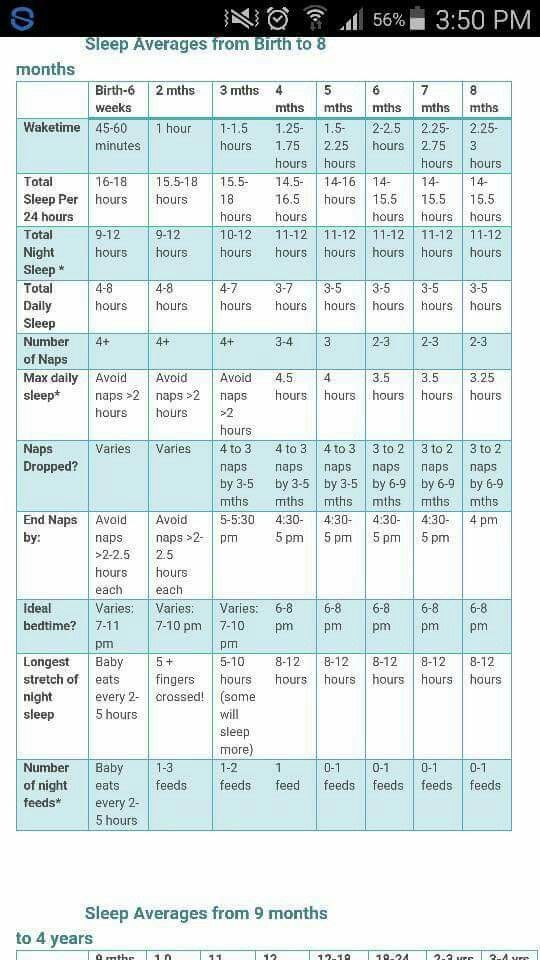
- To develop fine motor skills, you can give your baby a plastic bucket and ask him to collect scattered, for example, walnuts. Mom should set an example at the beginning of the collection. The baby will be happy to join the process.
- Special beads or spirals with balls, cubes and cones strung on them, which can be purchased in any toy department, serve the same purpose.
When teaching a baby new skills, you should create an emotional, joyful environment: only under this condition will the baby be happy to take part in developing activities. The main task of developing activities with the baby is the desire to teach him to achieve his goal .
We read in detail: about the development of the baby at 7 months and about the skills and abilities at 7 months. We also watch the video below:
About the importance of massage and a set of hygiene procedures
Given the extreme activity of young children, who make a lot of energetic movements every minute, the mother should focus on massage sessions with elements of gymnastic exercises.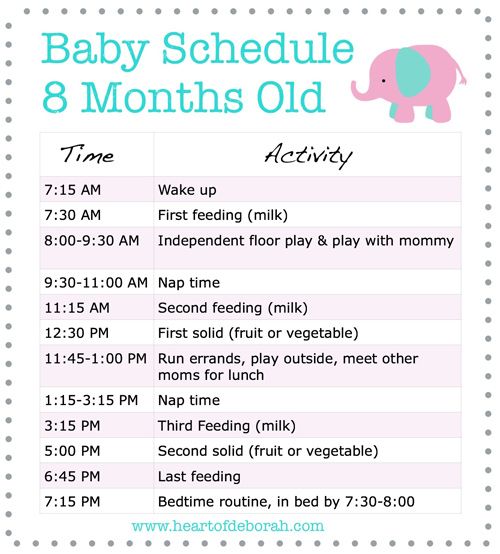 An experienced nurse will introduce her to the technique of such a massage and a complex of useful physical exercises during the next preventive examination.
An experienced nurse will introduce her to the technique of such a massage and a complex of useful physical exercises during the next preventive examination.
The complex of daily hygiene routines, still consisting of the ritual of morning washing, washing the baby at the next diaper change and evening bathing, should be replenished with the task of caring for the first teeth of the baby . For this purpose, you can purchase a set of special napkins in the form of fingertips soaked in a cleaning solution. Putting a napkin on her finger, the mother gently wipes the teeth, the surface of the tongue and the baby's mouth after each feeding. In the absence of such napkins, mom can use a piece of bandage.
Evening bathing of the baby can now be carried out in a large bathtub, for safety, laying a special rug under it (like bathing a baby). In addition to traditional rubber toys, you can give the baby a toy watering can or a bucket - manipulations with the transfusion of water will not only interest the baby, but will also contribute to the development of his intelligence and fine motor skills (useful bath toys).


